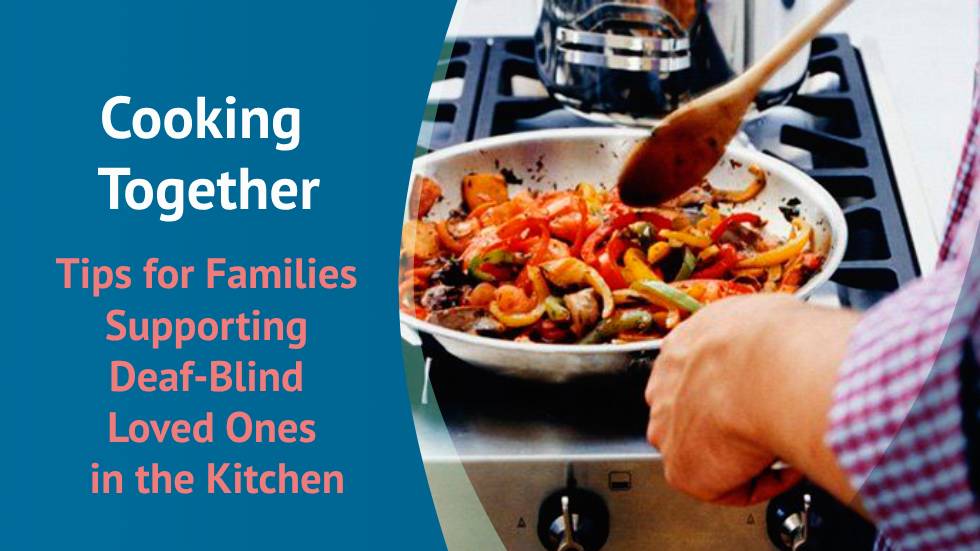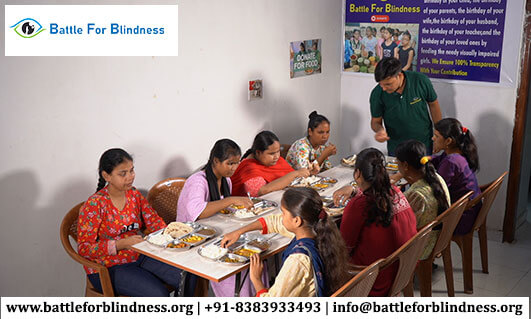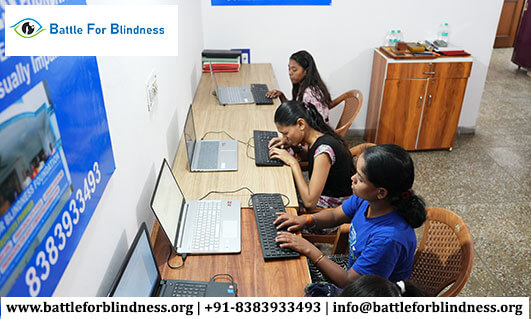
Cooking is an essential life skill that fosters independence, boosts confidence, and allows individuals to maintain a sense of autonomy. For individuals who are deaf-blind, however, the process of preparing meals can present unique challenges. The combination of vision and hearing loss requires innovative strategies, adaptive tools, and supportive techniques to ensure that cooking remains a fulfilling and safe activity.
In this blog, we’ll explore family-friendly cooking techniques that can empower deaf-blind individuals to become more independent in the kitchen, fostering a sense of achievement and self-sufficiency.
Understanding the Needs of Deaf-Blind Individuals in the Kitchen
For a deaf-blind person, cooking is not just about following recipes; it’s about adapting to their sensory limitations while ensuring safety and efficiency. These individuals may rely more heavily on their sense of touch, taste, and smell, as traditional visual and auditory cues are limited or absent.
Family members, caregivers, and cooking instructors can play a vital role in creating an environment that supports learning and independence. By incorporating specific tools and techniques, cooking can become an enjoyable, achievable task for deaf-blind individuals.
Essential Tools for the Deaf-Blind Cook
To foster independence in the kitchen, several tools and adaptations can make cooking more accessible and manageable:
-
Braille and Tactile Labels:
- Use Braille or tactile labels on kitchen appliances, utensils, and pantry items. This helps individuals identify ingredients and tools more easily. For instance, labeling the stove’s buttons or microwave settings with Braille or textured stickers ensures that the user can operate these devices independently.
-
Talking Thermometers and Timers:
- Talking kitchen gadgets such as thermometers, timers, and measuring cups can provide auditory feedback. These devices can announce the temperature or alert the cook when a set time has passed, ensuring that no steps are skipped or overdone.
-
Color-Coded Measuring Tools:
- Use color-coded or tactile measuring cups and spoons to assist with ingredient measurement. For instance, spoons with raised numbers or tactile markings can help distinguish between measurements like teaspoons, tablespoons, and cups.
-
Tactile Kitchen Mats and Countertop Markers:
- Place textured mats or raised markers on countertops and cutting boards. These markers act as guides to keep ingredients or tools in place, helping the cook understand the layout of their workspace.
-
Adaptive Knives and Utensils:
- Specially designed kitchen knives with ergonomic handles and non-slip grips make chopping and slicing safer. There are also adaptive cutting boards with secure, angled designs that help keep ingredients in place while cutting.
Techniques for Cooking with Confidence
-
Encourage Consistent Organization:
- Establishing a well-organized kitchen is essential. Keep frequently used items in the same place to reduce the time spent searching. Ensure that ingredients are clearly labeled and stored in accessible containers. Family members can assist in setting up the kitchen and maintaining the organization.
-
Guided Touch-Based Instructions:
- Family members can use tactile cues to guide deaf-blind individuals in cooking. For example, gently guiding a hand to the stove or the sink can help the person understand where they are in the cooking process. The use of verbal descriptions along with touch guidance provides an additional layer of support.
-
Teach Techniques in Small, Manageable Steps:
- Break down cooking tasks into small, manageable steps. Start with simple recipes that involve basic techniques, such as boiling water, chopping vegetables, or stirring ingredients. This reduces the overwhelming feeling that can come from complex tasks.
-
Adapt Recipes to the Individual’s Needs:
- Adjust recipes to suit the deaf-blind individual’s skills and preferences. For example, instead of requiring precise measurements, encourage the cook to use a hands-on approach, such as pouring ingredients based on texture, smell, or taste. This fosters creativity and confidence in the kitchen.
-
Use Sensory Cues for Cooking:
- Since visual and auditory cues are not an option, encourage reliance on other senses such as touch, smell, and taste. For example, checking if meat is cooked by its firmness or texture, or determining if bread is baked by its scent and feel, can be highly effective. When following a recipe, sensory milestones become key indicators of progress.
Family Involvement and Support
Family members are crucial partners in helping deaf-blind individuals gain independence in the kitchen. Here’s how family members can provide assistance:
-
Create a Safe Environment:
- Ensure that the kitchen is clutter-free and the workspace is safe. Remove potential hazards such as sharp objects or hot surfaces, and use non-slip mats to prevent accidents. Organize the kitchen so everything has its place, making it easy for the cook to find and use items.
-
Participate in Hands-On Learning:
- Family members should consider cooking together with the deaf-blind individual, demonstrating each step and offering tactile feedback. This shared experience not only teaches cooking skills but also fosters bonding and confidence.
-
Be Patient and Provide Encouragement:
- Patience is key when teaching cooking skills. The process of learning new techniques may take time, and it’s important to celebrate small victories along the way. Offer positive reinforcement to encourage further independence.
Creating a Positive Cooking Experience
Ultimately, the goal is to make cooking a positive, empowering experience for deaf-blind individuals. By using adaptive tools, incorporating sensory cues, and involving family members in the learning process, individuals with sensory impairments can enjoy cooking with confidence and independence.
Cooking is not just about making food—it’s about building self-esteem, creating opportunities for creativity, and fostering independence. With the right techniques, tools, and family support, deaf-blind individuals can master the art of cooking and enjoy the benefits of self-sufficiency, while also contributing to family meals and bonding over shared culinary experiences.
Conclusion
Empowering deaf-blind individuals to cook independently not only boosts their confidence but also enhances their quality of life. Through the use of accessible tools, supportive techniques, and family involvement, cooking can become a fulfilling and enjoyable activity. By fostering independence in the kitchen, we open doors to greater autonomy, self-reliance, and a sense of accomplishment for those with sensory impairments.





